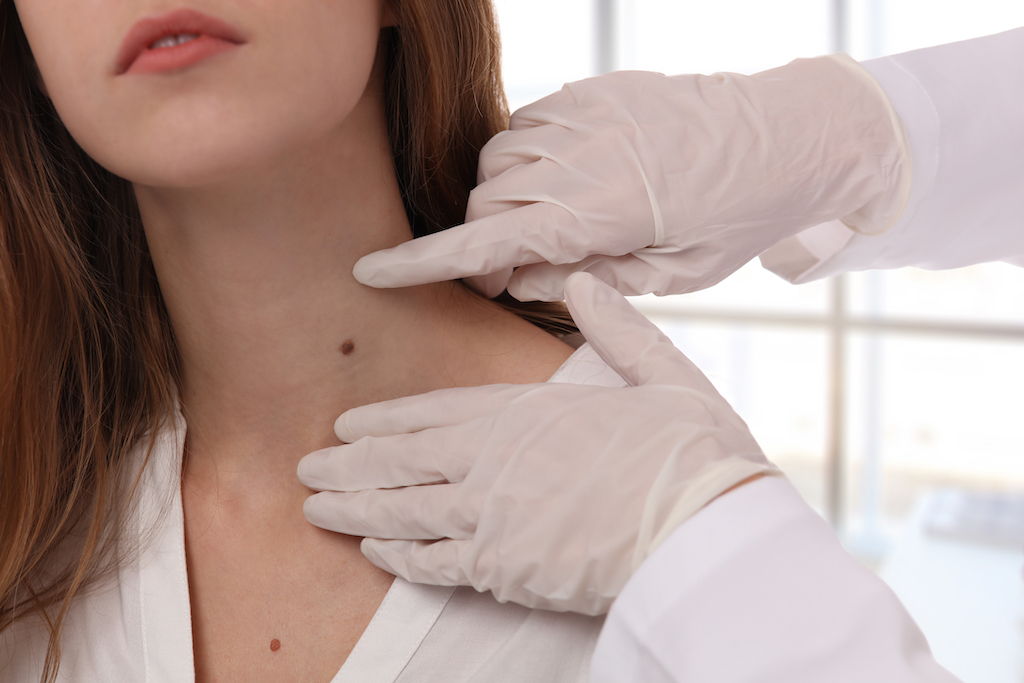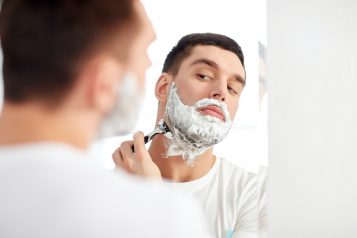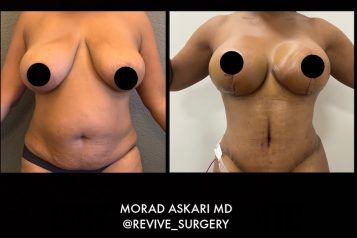Mamina Turegano, MD, is a triple board-certified dermatologist, internist, and dermatopathologist. Dr. Turegano has a special interest in evaluating how nutrition, lifestyle, sleep, and other environmental factors can play a significant role in inflammation, aging, and cancer. She enjoys incorporating holistic practices in her patients who deal with anything ranging from acne to warts. Dr. Turegano has an active and thriving cosmetic and laser practice, where she performs various neuromodulators (Botox, Dysport, Jeuveau) and filler injections (Juvederm, Restylane, Belotero). She also performs Kybella, micro-needling, chemical peels, and plate-rich plasma PRP injections. Given her background in internal medicine, she also has an interest in complex medical dermatology, including autoimmune skin diseases and psoriasis. Haute Beauty chats with Dr. Mamina Turegano about how skin tags are formed, where they usually appear, and solutions to remove them.
 Photo Credit: ShutterstockHB: What are skin tags? What causes them?
Photo Credit: ShutterstockHB: What are skin tags? What causes them?
Skin tags are little overgrowths or outpouchings of benign skin tissue. Risk factors for skin tags include hormonal changes, (i.e. pregnant women), diabetes, insulin resistance, genetics, and weight gain.
@dr.maminaReply to @rosaliag_3 stay tuned for part 2 - treatment of skin tags #dermatologist #tiktokdoc #learnontiktok #skincare #beautyhacks♬ original sound - Mamina Turegano, MD
HB: Where do they normally appear?
They are seen more commonly in areas of friction. For example, around the neck where the collar rubs the neck, in the armpit, in the groin area, and upper and inner thighs where the thighs rub against each other.
HB: How can you remove skin tags?
It depends on the person’s skin type and the size of the skin tag. For tiny skin tags, we can freeze them with liquid nitrogen. For olive or darker skin types, we can burn them. If the skin tags are bigger, I will cut them off with scissors using numbing medicine or I will shave them with a blade. I don't recommend trying to remove these at home because some have vessels that feed into the skin tag and can bleed intensely. It can be difficult to stop the bleeding, whereas if you get it professionally removed, we have the tools to stop the bleeding. There's also an increased risk of infection when removing them at home.
@dr.maminaMore derm tips 🙏🏼 #dermatologist #tiktokdoc #skintags #beautyhacks♬ original sound - Mamina Turegano, MD
For more information, visit Dr. Mamina Turegano's social media:























